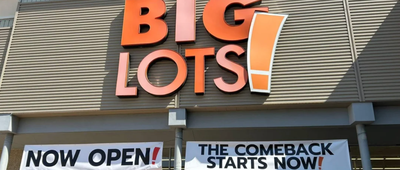Known for: Karen Millen Fashions Limited fashion line
Millen started her clothing business, Karen Millen Fashions Limited, with her partner Kevin Stanford in 1983. Though widely successful, the Kent native decided to sell her stake in the business for £35 million to Icelandic consortium Baugur Group in 2004. The terms of the sale prevented Millen from using her own name in connection with any businesses or competition anywhere in the world, including the use of similar names, such as "KM" or "K Millen.”
In 2016, Millen attempted to challenge the agreement after Baugur declared bankruptcy during the financial crisis in 2009. Millen claimed that she had lost a “significant amount of money” due to the investor’s collapse, and wanted to use her name for a new business venture in the U.S. The judge denied her request, stating that the use of Karen Millen, even in two different sectors, would cause confusion between the two brands and ruled in favor of the original agreement.


























